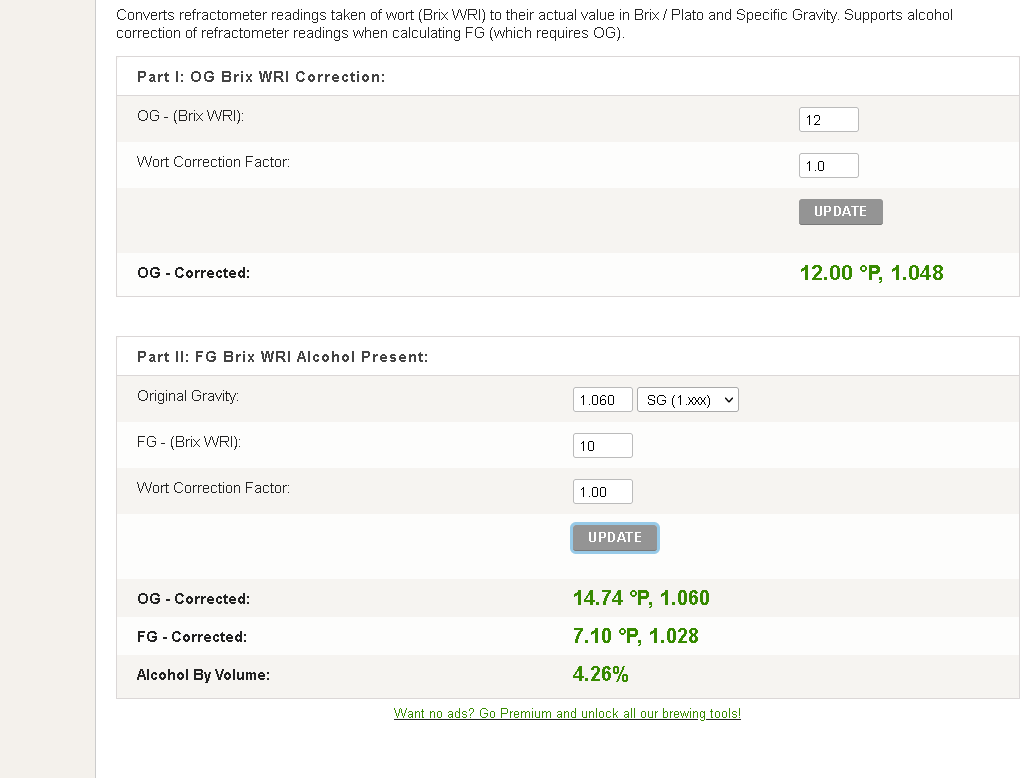Newtobrewing85
Well-Known Member
- Joined
- Nov 27, 2020
- Messages
- 166
- Reaction score
- 64
LOL, i wouldn't even have a refrac if it wasn't for "stupid" people!! now i love using one to compare to a hydrometer with all the cool things you can calculate between the two!

I’ll have to look into this further!








































